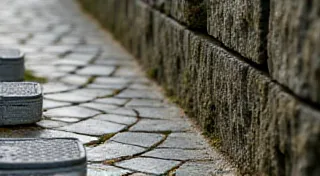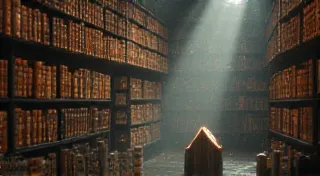The Archivist's Touch: Documenting and Preserving Ribbon Varieties
There's a quiet elegance to holding a century-old typewriter ribbon. It's not simply a strip of inked fabric; it's a tangible link to a bygone era, a silent witness to countless letters, poems, and official documents that shaped our world. While the mechanical whir of a restored Underwood or a Remington might capture the imagination, the subtle beauty of the ribbon itself – its color, its texture, its subtle variations in manufacturing – often goes unnoticed. For the true enthusiast, the archivist of the typewriter world, preserving these ribbons isn’s just about functionality; it's about documenting a fascinating fragment of industrial history.
I remember the first time I truly appreciated this. I'd been restoring typewriters for a few years, focused solely on the mechanics – cleaning, lubricating, replacing worn parts. Ribbons were just…ribbons. Consumables. Then, a client brought me a basket overflowing with them. Not just the standard black ribbons, but a rainbow of hues: faded burgundies, dusty blues, a surprisingly vibrant jade green. Each ribbon bore a different brand name – IBM, Smith Corona, Royal – a miniature gallery of corporate logos stamped onto fragile fabric.
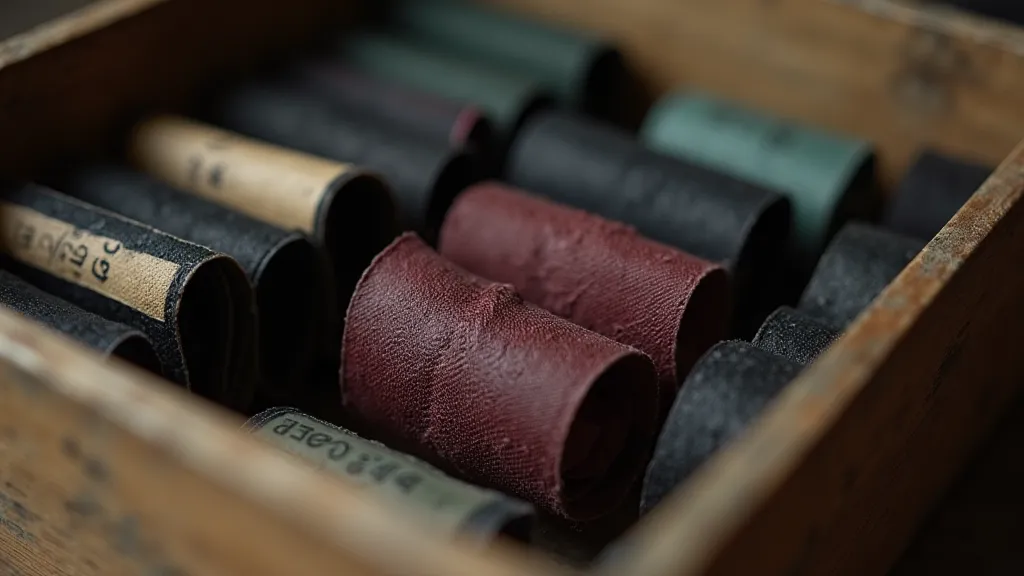
Beyond Black: A Spectrum of Variations
The common perception is that typewriter ribbons were, and always have been, black. While black dominated, the reality is far more nuanced. Early ribbons were often produced using aniline dyes, which were notoriously prone to fading and bleeding. This led to a vast spectrum of colors appearing on the market – some intentionally for decorative purposes, others the unfortunate result of inconsistent dye batches. Think about it – these ribbons were mass-produced, and quality control wasn't always what we expect today. Subtle differences in the weaving process, the type of fabric used (some were silk, others cotton or linen blends), and the composition of the ink all contributed to the uniqueness of each ribbon. Understanding these color variations and the science behind them is a fascinating journey, a deeper dive into the Oracle of Pigment, revealing the secrets held within the faded hues of these historical artifacts.
Manufacturers weren’t shy about experimenting, either. During the Art Deco era, ribbons in shimmering gold and silver were popular for invitations and stationary. During the mid-20th century, pastel shades emerged as an attempt to capture the optimistic, colorful aesthetic of the times. Documenting these variations is crucial – not just for collectors, but for restorers as well. Knowing which colors were originally available for a particular typewriter model can help in creating a more authentic restoration.
The Fabric of History: Materials and Manufacturing
The materials used in typewriter ribbons tell their own story. Early ribbons were predominantly woven from silk, prized for its strength, smoothness, and ability to hold ink evenly. Silk ribbons tend to be more durable and produce a crisper impression on the page. However, silk was expensive, leading manufacturers to explore alternatives. Cotton and linen blends gradually became more common, offering a more affordable option. These ribbons, however, were generally less durable and prone to fraying. The skill and dedication of the people crafting these ribbons—the Weaver's Thread—is something that deserves recognition and preservation, as it's a direct connection to the writers and lives they touched across generations.
The manufacturing process itself was a marvel of early industrial engineering. Ribbons were woven on specialized looms, often by hand, requiring skilled weavers with keen eyes and steady hands. The ink was then applied using a process called “padding,” where the ribbon was passed through rollers coated with ink. Achieving an even distribution of ink was a delicate art, and variations in ink density often resulted in ribbons with distinct character. It's remarkable to consider the labor and expertise that went into producing these seemingly simple supplies. A well-preserved ribbon offers a direct connection to that lost craftsmanship.
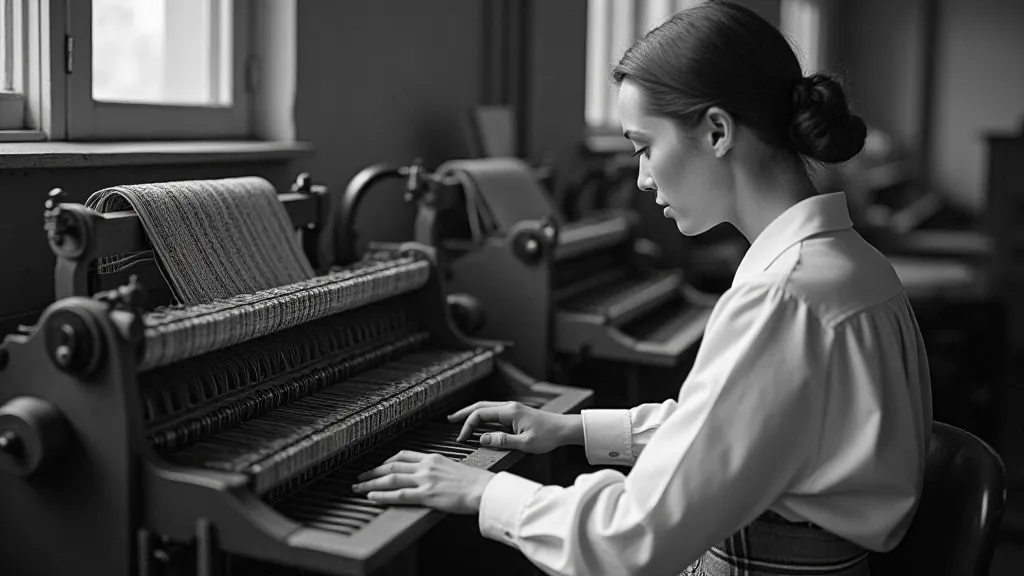
Cataloging and Preservation: A Labor of Love
So, how does one go about documenting and preserving these invaluable pieces of history? It starts with meticulous cataloging. Each ribbon should be carefully examined and its key characteristics recorded: brand name, color, approximate age (based on markings or typeface compatibility), material (if discernible), and any unique markings or imperfections. Photographs are essential – close-up shots to highlight the weave and any fading or damage. A spreadsheet or database is invaluable for organizing this information. The more detail recorded, the more valuable the archive becomes. Imagine charting the subtle shifts in color—the Cartographer’s Palette—revealing a detailed map of the fading hues over time.
Preservation is just as important. Ribbons are highly susceptible to deterioration. Exposure to light, air, and moisture can cause fading, cracking, and brittleness. The ideal storage environment is cool, dark, and dry, with low humidity. Storing ribbons in acid-free envelopes or boxes helps to protect them from environmental damage. Handling ribbons with clean, dry hands is crucial to prevent the transfer of oils and contaminants.
The Collector's Perspective & Restoration Insights
The growing community of typewriter collectors understands the value of a well-preserved and documented ribbon collection. Rare and unusual colors are highly sought after, and ribbons that are in excellent condition can command significant prices. However, the true value lies not just in monetary terms, but in the stories that these ribbons can tell. A faded turquoise ribbon might evoke memories of a specific era or a particular style of correspondence. Understanding the chemical makeup of these colors—the Chromatic Ghosts—can provide clues to their origin and the manufacturing processes employed.
For restorers, the insights gained from documenting ribbons can be invaluable. By studying the original ribbons that came with a typewriter, restorers can gain a better understanding of the manufacturer’s intended aesthetic. This knowledge can guide the choice of replacement ribbons, ensuring that the restored typewriter appears as authentic as possible. For instance, a later, inferior replacement ribbon can detract significantly from the overall impression – a lesson I learned early on. A deep understanding of ribbon varieties allows for a more informed and respectful restoration process. The ability to pinpoint the precise color and material—to recreate the original look and feel—requires dedication and a meticulous approach.
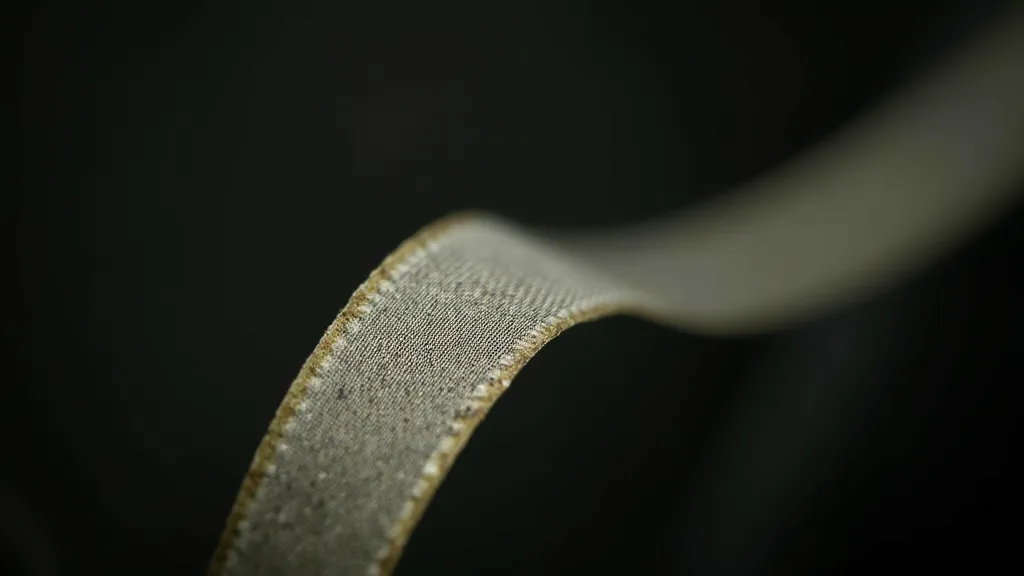
Beyond the Ribbon: A Wider Context
The story of typewriter ribbons isn't just about the ribbons themselves; it's intrinsically linked to the broader history of communication and technology. Consider the evolution of typewriting—from the clunky, cumbersome machines of the 19th century to the sleek, electric models of the mid-20th. Each iteration brought changes to the manufacturing process, the materials used, and, of course, the ribbons themselves. Early ribbons were often custom-made for specific typewriter models, reflecting the highly individualized nature of the technology. As typewriters became more standardized, ribbon production also became more streamlined, leading to a greater variety of colors and styles.
Furthermore, the rise of digital communication has drastically altered the landscape of writing and correspondence. While typewriters have largely been replaced by computers and smartphones, there’s a renewed appreciation for the tactile experience of writing on a mechanical machine. The resurgence of interest in typewriters and vintage technology underscores the human desire for tangible, imperfect tools—objects that embody a sense of history and craftsmanship. The simple act of typing on a machine—hearing the clack of the keys, feeling the resistance of the ribbon—creates a connection to a different era, a time when communication was more deliberate and thoughtful.
A Legacy of Ink and Thread
Documenting and preserving antique typewriter ribbons is more than just a hobby; it's an act of preservation. It's about safeguarding a tangible link to a time when correspondence was a deliberate act of creation, when the clatter of the keys and the scent of ink were part of everyday life. By taking the time to catalog and protect these fragile remnants of the past, we ensure that future generations can appreciate the artistry and ingenuity that went into creating them. The archivist’s touch isn’t just about neat records – it’s about honoring the enduring legacy of ink and thread. These fragile ribbons, silent witnesses to countless stories, deserve to be cherished and protected, ensuring their tales continue to resonate for generations to come.

